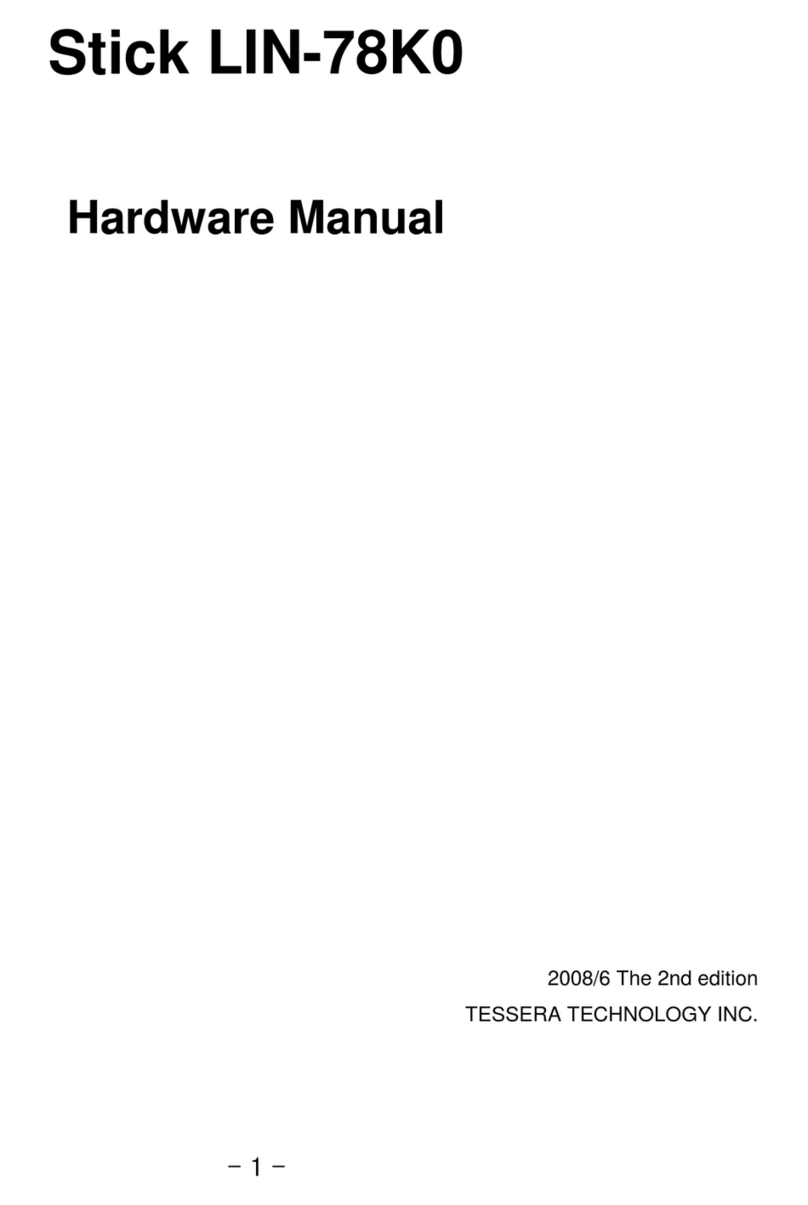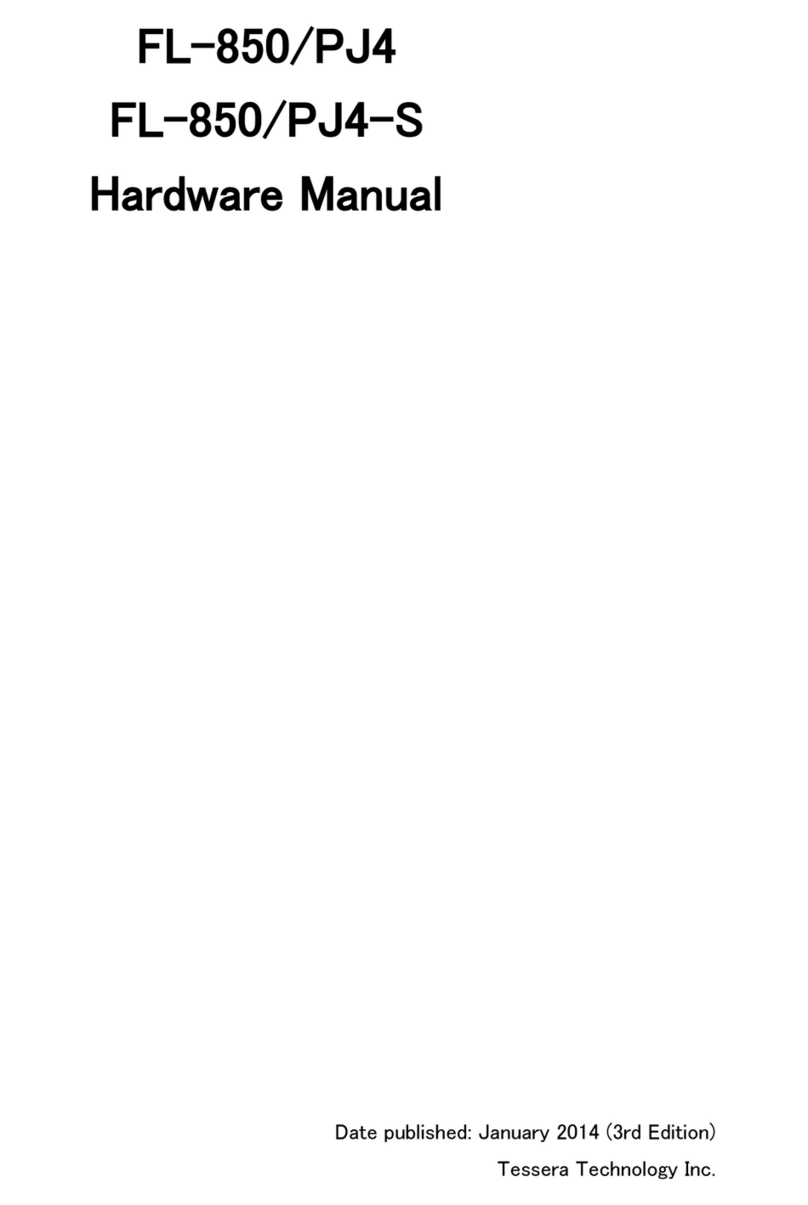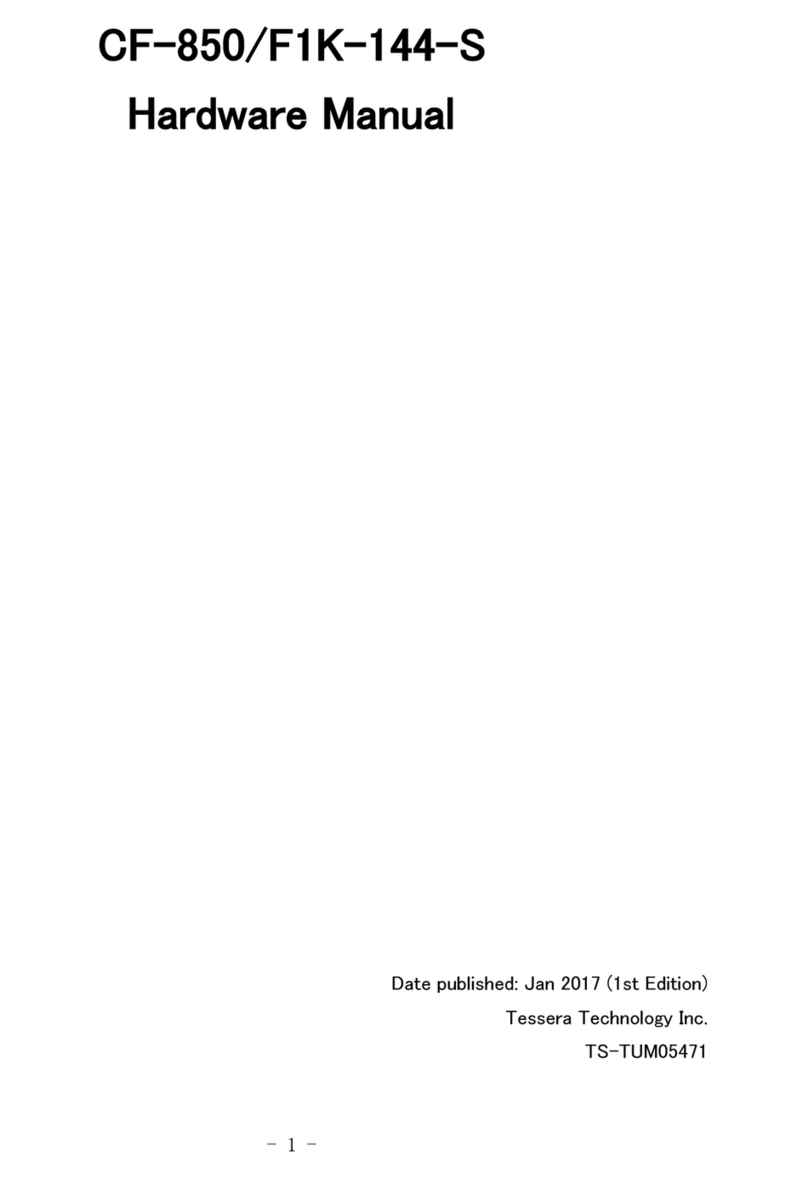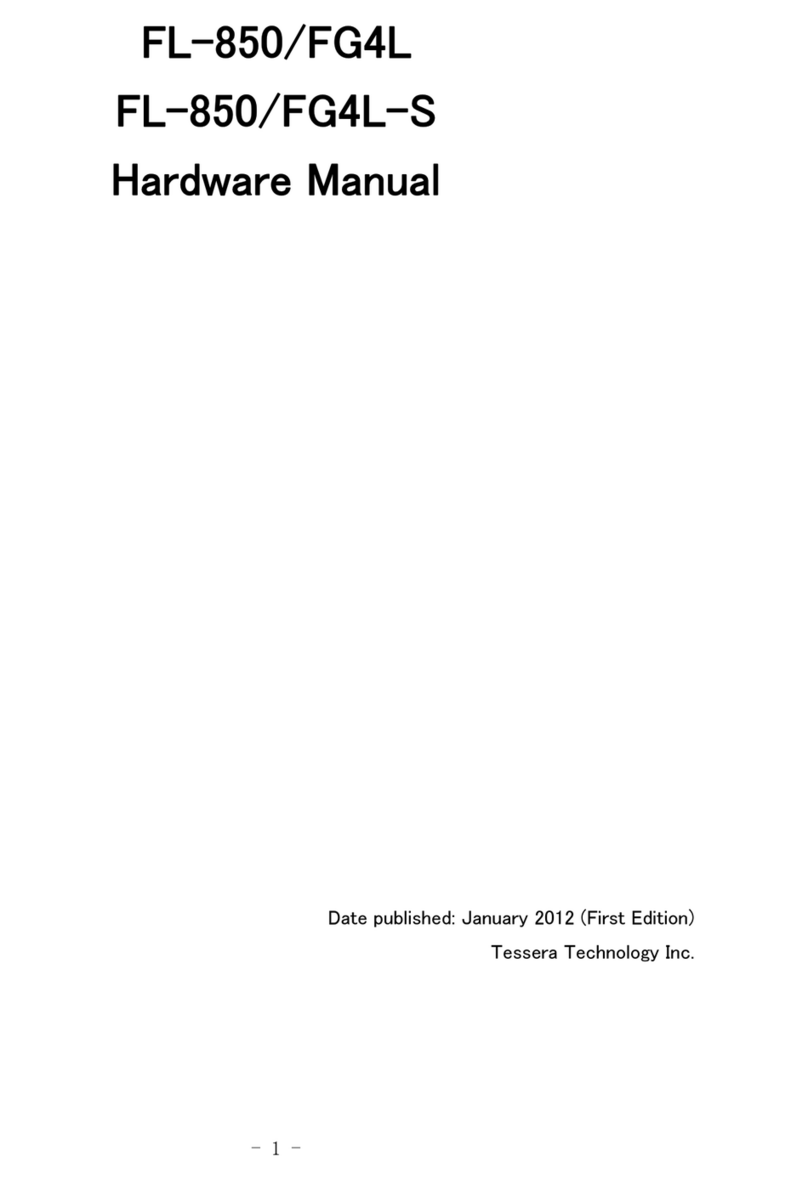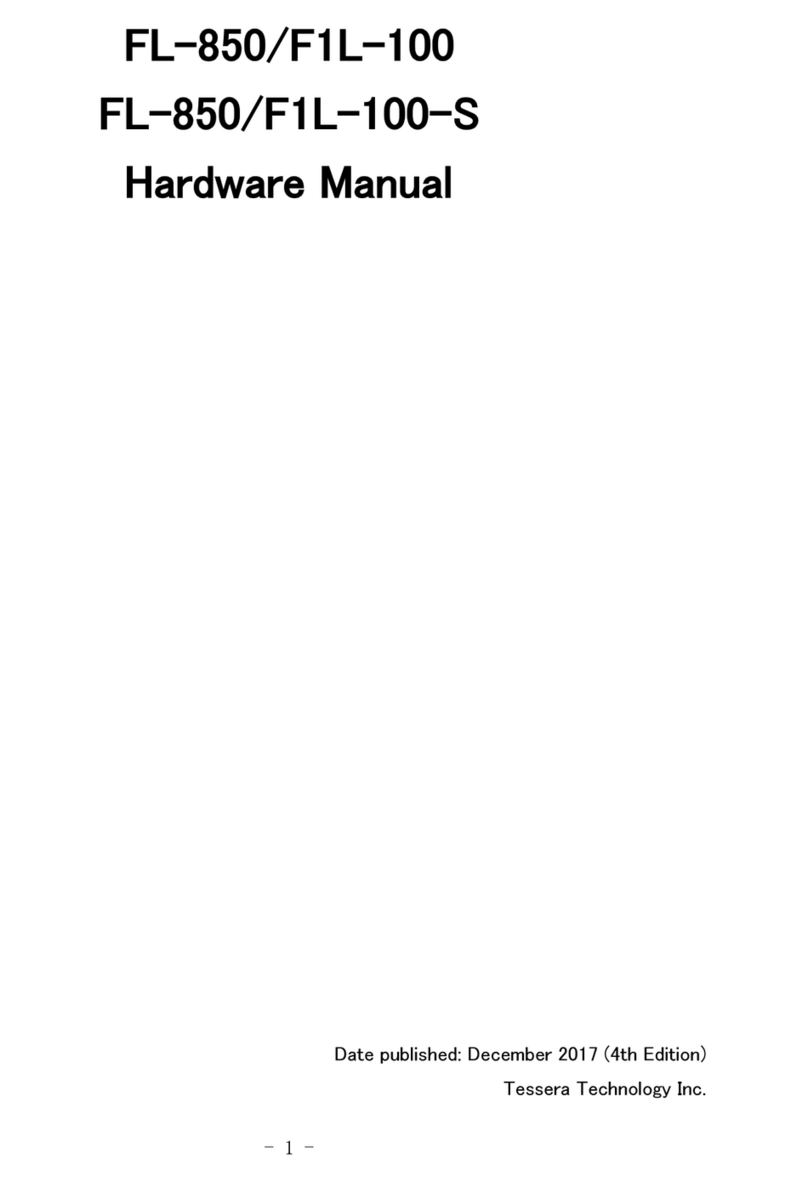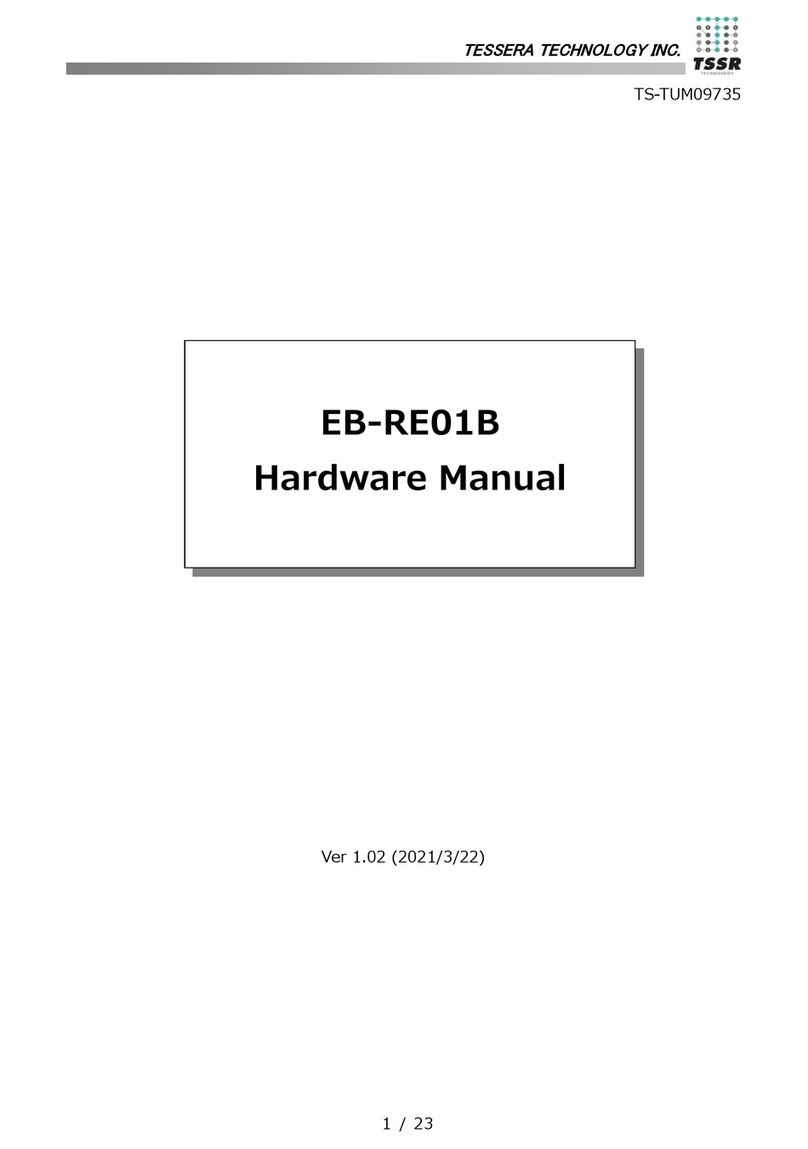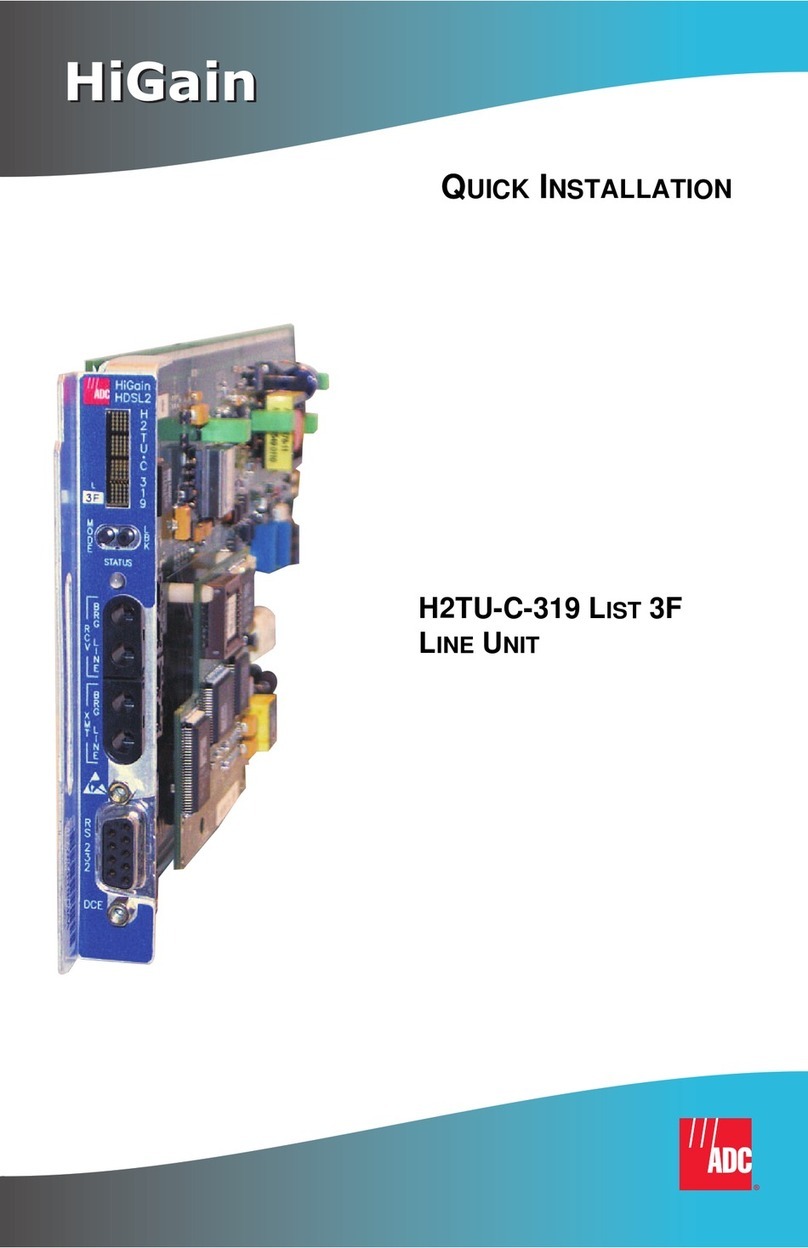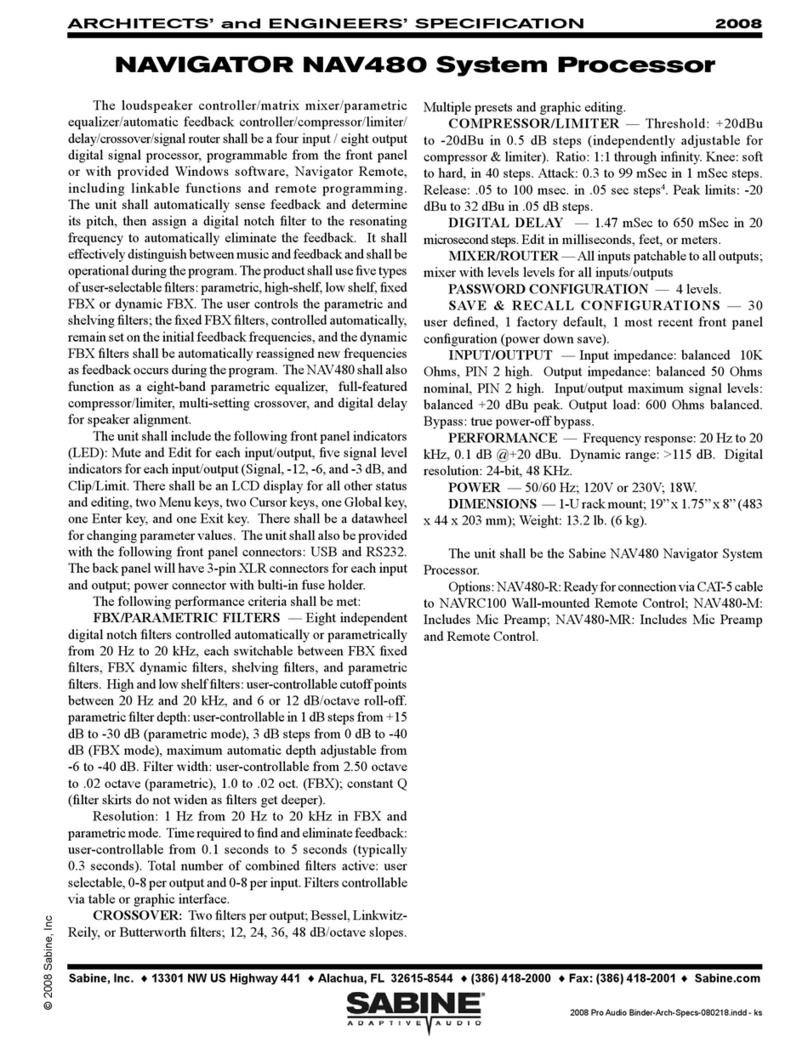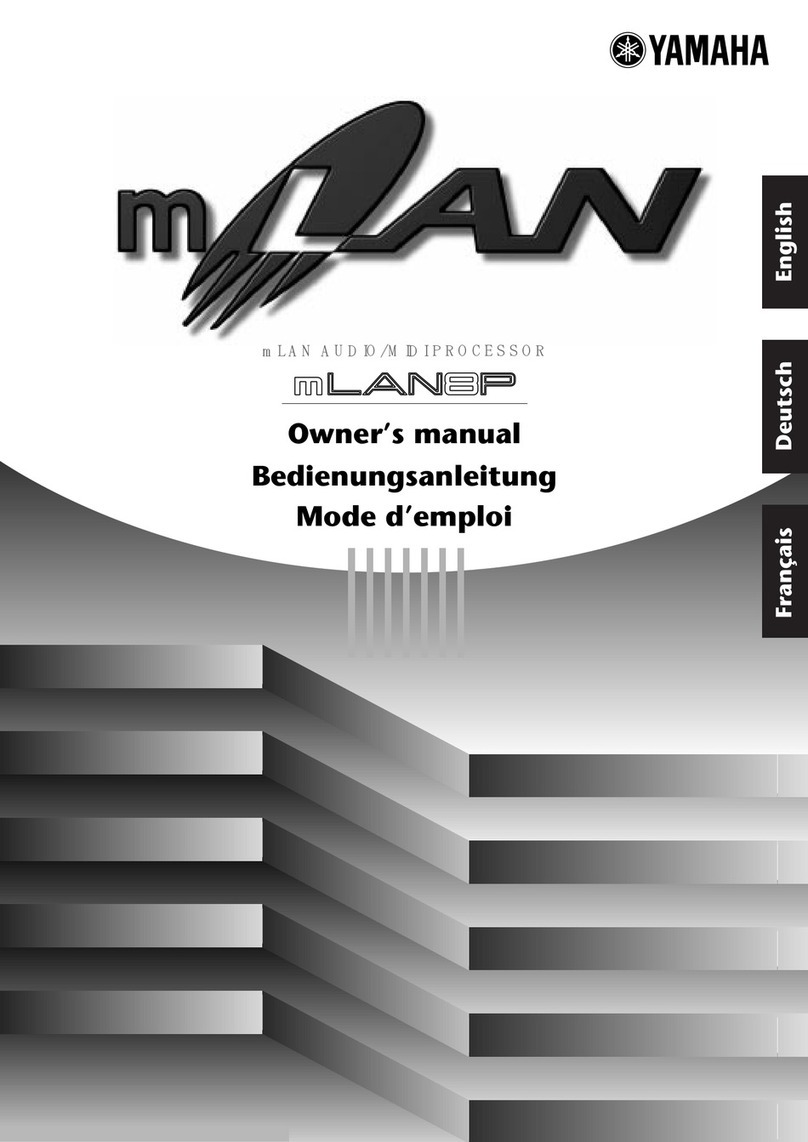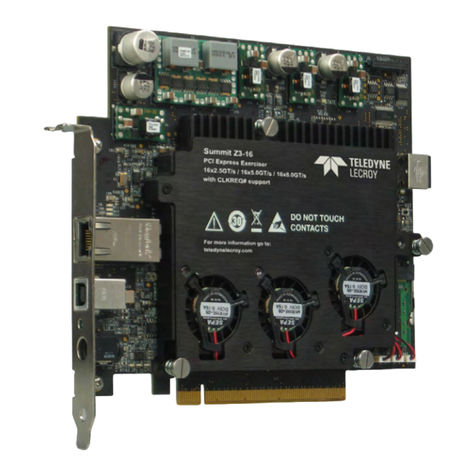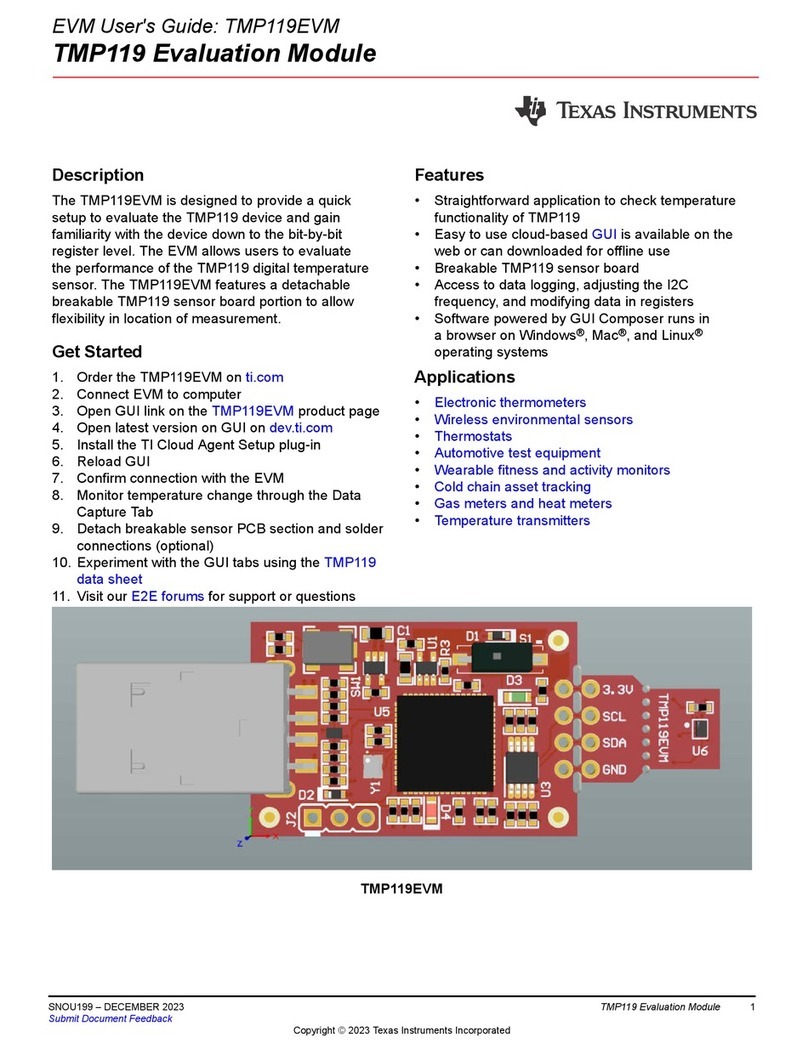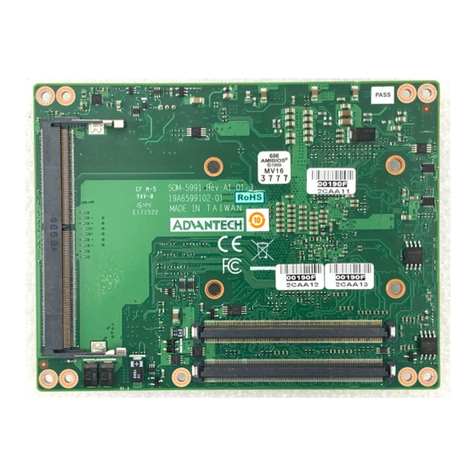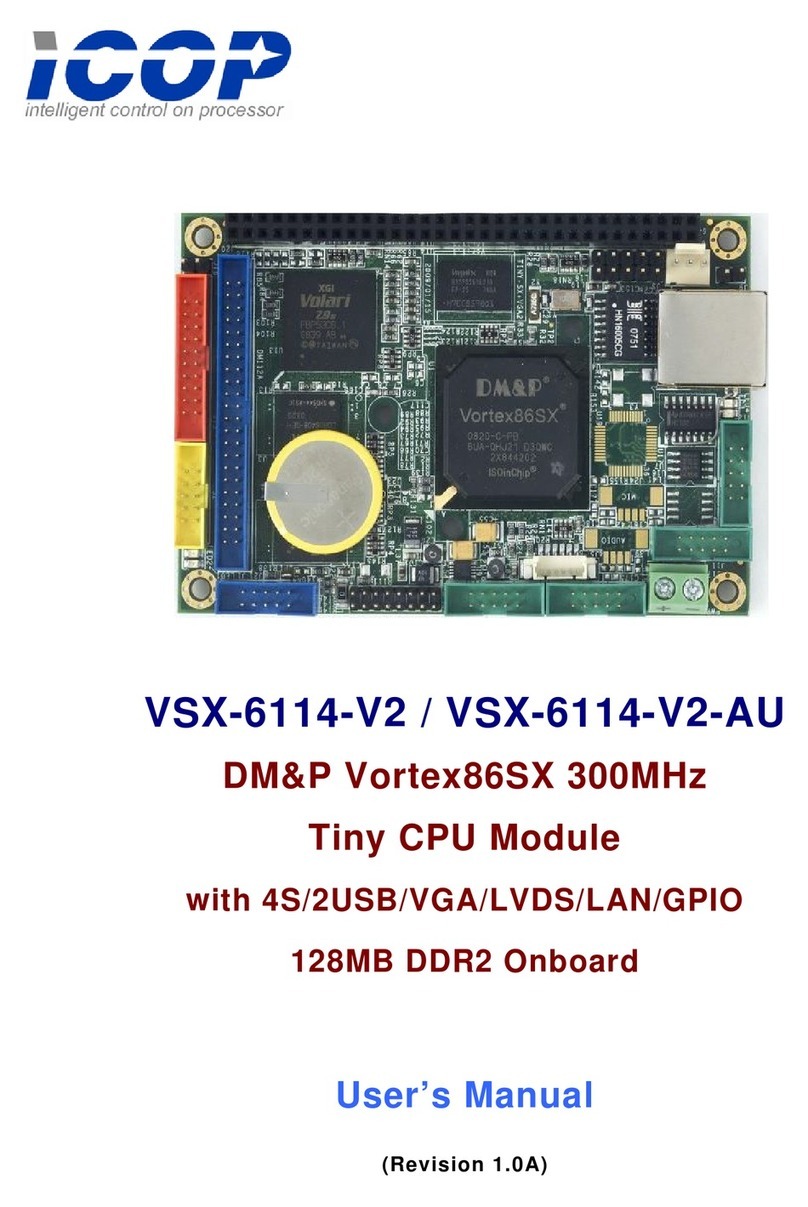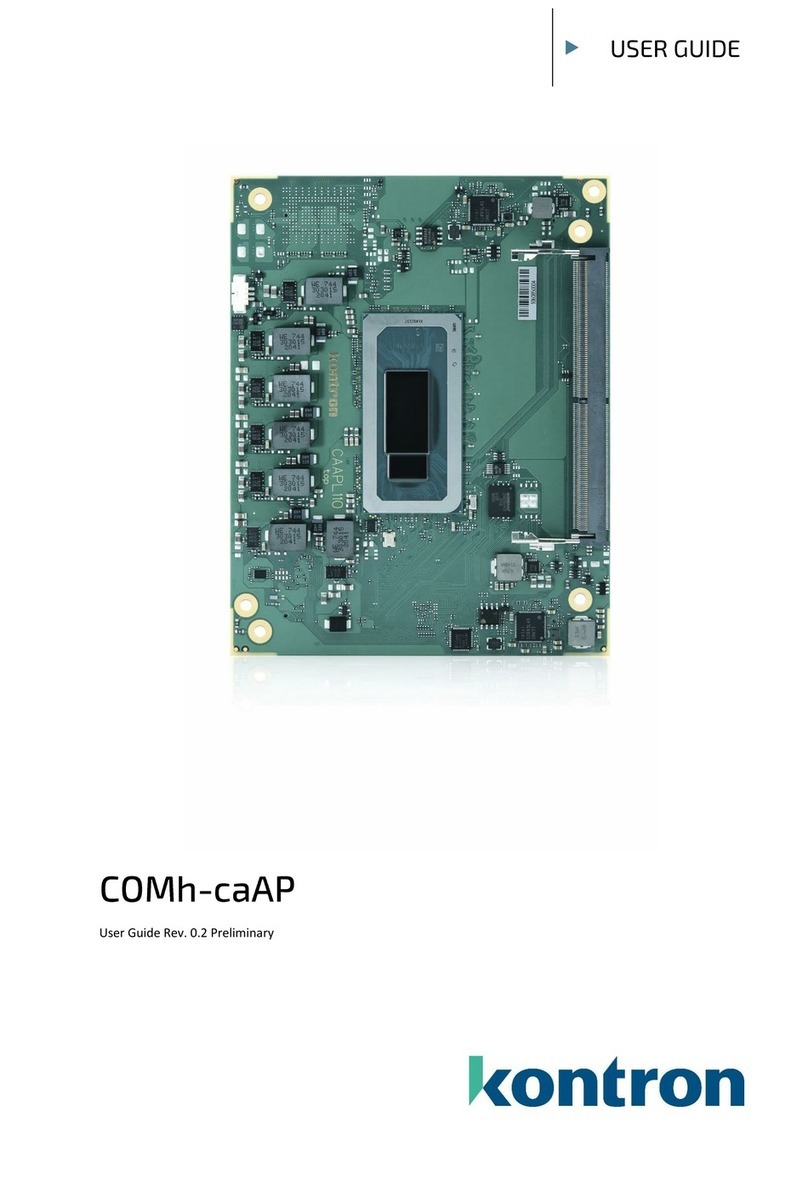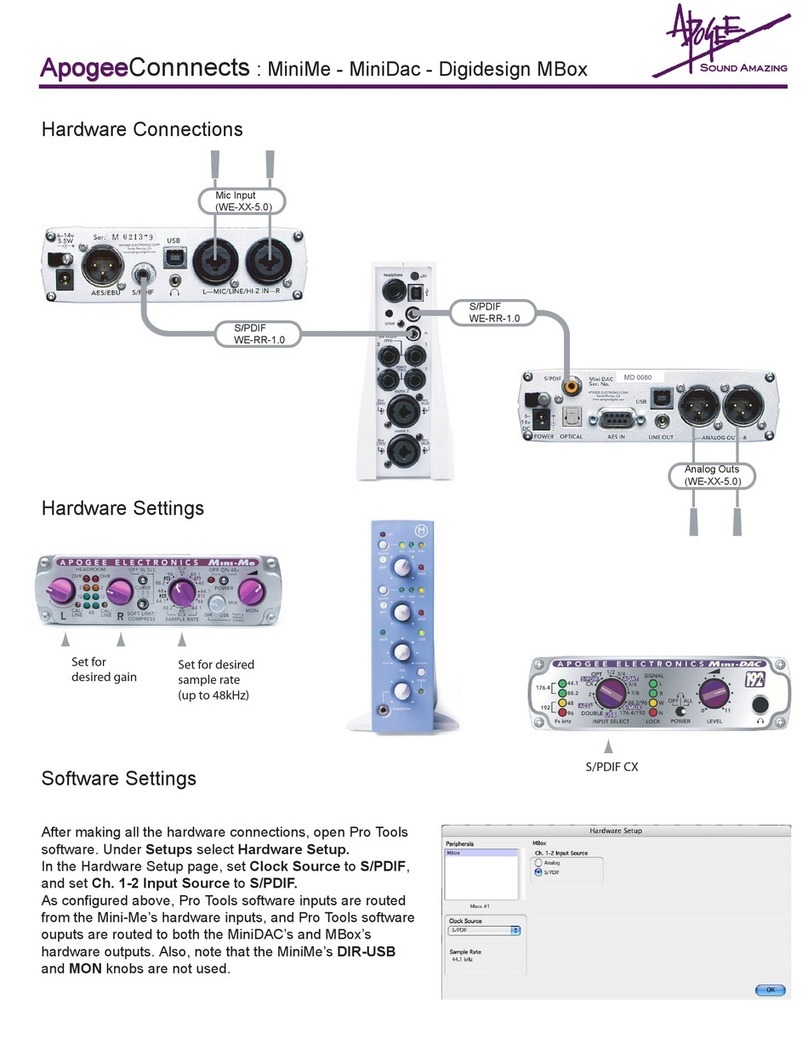TESSERA FL-850/F1L-176-S User manual

- 1 -
FL-850/F1L-176
FL-850/F1L-176-S
Hardware Manual
Date published: April 2013 (1st Edition)
Tessera Technology Inc.

- 2 -
CAUTION:
・The information in this document is subject to change without notice.
・No part of this document may be copied or reproduced in any form or by any means without
prior written consent of Tessera Technology Inc.
・Tessera Technology Inc. assumes no responsibility for inaccuracies or misprints of this
document.
・Tessera Technology Inc. does not assume any liability for infringement of patents,
copyrights or other intellectual property rights of third parties by or arising from the use of
Tessera Technology Inc. products listed in this document or any other liability arising from
the use of such products. No license, express, implied or otherwise, is granted under any
patents, copyrights or other intellectual property rights of Tessera Technology Inc. or
others.
・Descriptions of circuits, software and other related information in this document are
provided for illustrative purposes in semiconductor product operation and application
examples. The incorporation of these circuits, software and information in the design of a
customer's equipment shall be done under the full responsibility of the customer. Tessera
Technology Inc. assumes no responsibility for any losses incurred by customers or third
parties arising from the use of these circuits, software and information.

- 3 -
TABLE OF CONTENTS
1INTRODUCTION .................................................................................................................4
2FEATURES...........................................................................................................................5
2.1 CAN ..................................................................................................................................... 6
2.2 FLEXRAY ............................................................................................................................... 8
2.3 IEBUS ................................................................................................................................... 9
2.4 ETHERNET ............................................................................................................................ 10
2.5 SERIAL SELECT ..................................................................................................................... 11
2.5.1
LCD........................................................................................................................... 12
2.5.2
RS-232C.................................................................................................................... 15
2.5.3
USB Serial Conversion ............................................................................................ 16
2.6 PUSH SWITCH ....................................................................................................................... 17
2.7 VOLUME............................................................................................................................... 18
2.8 POWER ................................................................................................................................ 19
2.9 CPU BOARD ........................................................................................................................ 20
2.9.1
Power ........................................................................................................................ 21
2.9.2
CPU........................................................................................................................... 21
2.9.3
Clock ......................................................................................................................... 22
2.9.4
Reset ......................................................................................................................... 22
2.9.5
Switch & LED ......................................................................................................... 23
2.9.6
Debug Connector...................................................................................................... 24
2.9.7
Filter socket.............................................................................................................. 25
2.9.8
CAN .......................................................................................................................... 26
3CPU TERMINAL CONNECTION LIST.............................................................................27

- 4 -
1Introduction
In this document, features and hardware specifications of FL-850/F1L-176, which the 32-bit
single-chip microcomputer RH850/F1L-176 from Renesas Electronics Corporation is mounted, are
described.

- 5 -
2Features
FlexRay
RS-232C
USB
Volume
Power
CPU Board
Push Switch
Serial select
CAN
LCD
Ethernet
IEBus

- 6 -
2.1 CAN
The CAN controller of the microcomputer is connected to the CAN transceiver (TJA1040). It
supports CAN physical layer. Also, CAN bus signal is connected to DSUB 9pin female
connector.
One terminal can be selected by using jumpers from maximum of three multipurpose terminals, and
can be connected to CAN transceiver.
Only one line must be shorted in each jumper.
CAN 4 is in CPU board. JP2 is a power supply jumper of the CAN transceiver. Be short-circuited
usually.
CAN 0
CAN 1
CAN 2
CAN 3
CAN 4
JP2

- 7 -
Following table shows the connection of RH850/F1L.
Connecter
P10_1/TAUD0I3/TAUD0O3/CAN0TX/PWGA1O/TAPA0UN/CSIH1SC/MODE0 1-2
P0_0/TAUD0I2/TAUD0O2/RLIN20RX/CAN0TX/PWGA10O/_CSIH0SSI/DPO/_RESETOUT 3-4
5-6
P10_0/TAUD0I1/TAUD0O1/CAN0RX/INTP0/CSCXFOUT/PWGA0O/TAPA0UP/CSIH1SI/MEMC0A19 1-2
P0_1/TAUD0I4/TAUD0O4/CAN0RX/INTP0/RLIN20TX/PWGA11O/CSIH0SI/SELDP 3-4
5-6
P2_0/RLIN27RX MODE0 JP20 Short
P0_3/TAUD0I8/TAUD0O8/RLIN30RX/INTP10/CAN1TX/DPIN1/PWGA13O/CSIH0DCS/CSIH0SO 1-2
P10_7/TAUD0I15/TAUD0O15/CSIG0SC/ENCA0TIN1/PWGA4O/ CAN1TX/MEMC0AD1 3-4
5-6
P0_2/TAUD0I6/TAUD0O6/CAN1RX/INTP1/RLIN30TX/DPIN0/PWGA12O/CSIH0SC 1-2
P10_6/TAUD0I13/TAUD0O13/CSIG0DCS/CSIG0SO/ENCA0TIN0/ADCA0SEL2/ CAN1RX/INTP1/MEMC0AD0 3-4
5-6
P2_1/RLIN27TX MODE1 JP24 Short
P0_4/RLIN31RX/INTP11/CAN2TX/PWGA10O/CSIH1SI/DPO 1-2
P12_0/CAN2TX/PWGA56O/TAUB1I10/TAUB1O10/MEMC0A16 3-4
5-6
P0_5/CAN2RX/INTP2/RLIN31TX/DPIN4/CSIH1DCS/CSIH1SO 1-2
P11_15/CAN2RX/INTP2/PWGA55O/TAUB1I8/TAUB1O8/_MEMC0ASTB 3-4
5-6
P2_2/RLIN28RX MODE2 JP28 Short
P1_3/CAN3TX/DPIN25 1-2
P11_4/CSIH2SI/CAN3TX/PWGA29O/TAUB1I3/TAUB1O3/MEMC0AD12 3-4
5-6
P1_2/CAN3RX/INTP3 1-2
P11_3/CSIH2SC/CAN3RX/INTP3/PWGA28O/TAUB1I1/TAUB1O1/MEMC0AD11 3-4
5-6
P2_3/RLIN28TX MODE3 JP32 Short
P1_13/CAN4TX 1-2
P20_3/CAN4TX/PWGA67O 2-3
P1_12/CAN4RX/INTP4 1-2
P20_2/CAN4RX/INTP4/PWGA66O 2-3
P2_4/RLIN29RX MODE4 JP3 Short
Default
TxD
JP34
CAN 3
RxD
JP35
TxD
JP5
CAN 4
RxD
JP6
TxD
JP26
CAN 1
RxD
JP27
TxD
JP30
CAN 2
RxD
JP31
Jumper
TxD
JP22
CAN 0
RxD
JP23
JP21, JP25, JP29, JP33, and JP4 are termination resistor connect. Open or short these as
needed.
termination resistor
JP21:CAN 0
JP25:CAN 1
JP29:CAN 2
JP33:CAN 3
JP4 : CAN 4
1-2 Short
3-4 Short
60Ω
1-2 Short
3-4 Open
120Ω
1-2 Open
3-4 Open
Non
CAN 0,1,2,3,4 DSUB Connector
Pin Number
Signal Name
1
N.C.
2
CANL
3
GND
4
N.C.
5
0.1uF
6
N.C.
7
CANH
8
N.C.
9
N.C.

- 8 -
Jumpe r Short Jumpe r Short
2 JP19 All Open
4 JP13 5-6
JP11 All Open JP12 5-6
JP8 1-2 JP14 1-2
JP6 1-2 JP15 1-2
JP9 1-2 JP18 1-2
JP10 1-2 JP17 1-2
JP7 1-2 2
JP5 1-2 4
2 6
4 8
610
812
10 14
12 16
14
16
JP41
JP16
JP4
2.2 FlexRay
RH850/F1L does not have FlexRay controller, therefore it cannot use FlexRay.
Default Settings
FlexRay A
FlexRay B

- 9 -
2.3 IEBus
RH850/F1L does not have IEBus controller, therefore it cannot use IEBus.
Default Settings JP43: Open
JP42: Short
CN4 Pin
Number
Function Name
1
(+) Bus Output, (+) Receiver Input
2
GND
3
(-) Bus Output, (-) Receiver Input
JP43
JP42
CN4

- 10 -
2.4 Ethernet
RH850/F1L does not have MAC controller, therefore it cannot use Ethernet.
The function of Ethernet is not used, and make the following dip switches all turning off.
There is a possibility of breaking when turning it on.
・SW16 (Default OFF)
・SW17 (Default OFF)
・SW18 (Default OFF)
SW16
SW18
SW17

- 11 -
2.5 Serial select
It can be connected by selecting the microcomputer's UART terminal to "LCD",
"RS-232C", and "USB Serial Conversion".
The terminals for using UART can be selected by DIP switch (SW1, SW4, and SW6).
※Do not set multiple ON within a group.
P1_1/RLIN33TX/DPIN24 1 ON
P20_5/RLIN33TX/PWGA60O 2 OFF
P10_10/TAUD0I14/TAUD0O14/RLIN30TX/ENCA0BIN/PWGA7O/CSIH0CSS1/MEMC0AD4 3 OFF
N.C. 4 OFF
P1_0/RLIN33RX/INTP13 5 ON
P20_4/RLIN33RX/INTP13/PWGA59O 6 OFF
P10_9/TAUD0I12/TAUD0O12/RLIN30RX/INTP10/ENCA0AIN/PWGA6O/CSIH0RYI/CSIH0RYO/MEMC0AD3 7 OFF
N.C. 8 OFF
P1_9/RLIN34TX/DPIN29 1 OFF
P12_2/RLIN34TX/PWGA58O/TAUB1I14/TAUB1O14/MEMC0A18 2 ON
P0_5/CAN2RX/INTP2/RLIN31TX/DPIN4/CSIH1DCS/CSIH1SO 3 OFF
N.C. 4 OFF
P1_8/RLIN34RX/INTP14 5 OFF
P12_1/RLIN34RX/INTP14/PWGA57O/TAUB1I12/TAUB1O12/MEMC0A17 6 ON
P0_4/RLIN31RX/INTP11/CAN2TX/PWGA10O/CSIH1SI/DPO 7 OFF
N.C. 8 OFF
P1_5/RLIN35TX/DPIN26 1 ON
P11_8/_CSIG1SSI/RLIN35TX/PWGA48O/TAUB1I11/TAUB1O11/_MEMC0CS0 2 OFF
P0_14/RLIN32TX/PWGA47O/TAUB0I14/TAUB0O14/CSIG0SC 3 OFF
N.C. 4 OFF
P1_4/RLIN35RX/INTP15 5 ON
P11_9/CSIG1DCS/CSIG1SO/RLIN35RX/INTP15/PWGA49O/TAUB1I13/TAUB1O13/_MEMC0CS1 6 OFF
P0_13/RLIN32RX/INTP12/PWGA46O/TAUB0I12/TAUB0O12/CSIG0DCS/CSIG0SO 7 OFF
N.C. 8 OFF
SW6
TXD
UART2
RXD
SW1
TXD
UART0
RXD
SW4
TXD
UART1
RXD
The destination for UART can be selected by the slide switch (SW2, SW3, and SW5).
Slide Switch
SW2
LCD
0
UART0
1
UART1
2
UART2
SW5
RS-232C
0
UART0
1
UART1
2
UART2
SW3
USB Serial Conversion
0
UART0
1
UART1
2
UART2

- 12 -
2.5.1 LCD
Words can be displayed on LCD panel by sending data to UART that is connected to LCD.
"Binary mode" to display hexadecimal and "ASCII mode" to display ASCII characters can be
selected by the DIP switch (SW7).
Initial screen displays when you press the reset switch on CPU board.
UART Communication Specifications
・Baud Rate 115.2Kbps (Fixed)
・Data Length 8bit (LSB First)
・Parity None
・Stop Bit 1bit
・Flow Control None (continuous transmission enabled)
Binary Mode 1 (SW7-1:ON, SW7-2:ON, SW7-3:Any)
It displays the hexadecimal data as sent with entering space between 1Byte data.
It can display 10Byte in 1 screen. It scrolls 1 line when it received 11Byte of data.
(example)URTH?TX = 0x01; TXWait();
URTH?TX = 0x02; TXWait();
・・・・・・・・・・
URTH?TX = 0x0A; TXWait();
0
1
0
2
0
3
0
4
0
5
0
6
0
7
0
8
0
9
0
A
URTH?TX = 0x10; TXWait();
0
6
0
7
0
8
0
9
0
A
1
0
(use case)By developing a program to send 10Byte once in 1 second, it will display the
first 1Byte at the top-left of the screen.
VR1
Adjust LCD Contrast
SW7
FP1
Connector for debugging the microcomputer
(78K0/KF2) for LCD control.
Normally, do not connect anything.

- 13 -
Binary Mode 2 (SW7-1:ON, SW7-2:OFF, SW7-3:ON)
It displays the hexadecimal data as sent without entering space between 1Byte data.
It can display 16Byte in 1 screen. It scrolls 1 line when it received 17Byte of data.
(example)URTH?TX = 0x01; TXWait();
URTH?TX = 0x02; TXWait();
・・・・・・・・・・
URTH?TX = 0x10; TXWait();
0
1
0
2
0
3
0
4
0
5
0
6
0
7
0
8
0
9
0
A
0
B
0
C
0
D
0
E
0
F
1
0
URTH?TX = 0x11; TXWait();
0
9
0
A
0
B
0
C
0
D
0
E
0
F
1
0
1
1
(use case)By developing a program to send 16Byte once in 1 second, it will display the
first 1Byte at the top-left of the screen.

- 14 -
ASCII Mode Ver.2 (SW7-1:OFF, SW7-2:Any, SW7-3:Any)
It displays the characters as sent.
It can display 16 characters in 1 line. It scrolls 1 line when it received 17th character or
linefeed code (0x0D: \r ).
(example)URTH?TX = ‘F’; TXWait();
URTH?TX = ‘l’; TXWait();
・・・・・・・・・・
URTH?TX = ‘T’; TXWait();
F
l
e
x
R
a
y
T
E
S
T
URTH?TX = ‘\r’; TXWait();
URTH?TX = ‘1’; TXWait();
T
E
S
T
1
The position of the cursor can be specified by sending xy-coordinate right after
ESC code (0x1B).
ESC(0x1B) + xy x: 0(0x30)~9(0x39),a(0x61), b, c, d, e, f(0x66)
y: 0(0x30),1(0x31)
(example) printf(buf, “¥x1b00TEST¥x1ba1LCD”);
y
↓
0
T
E
S
T
1
L
C
D
X
→
0
1
2
3
4
5
6
7
8
9
a
b
c
d
e
f

- 15 -
2.5.2 RS-232C
UART that is connected to "RS-232C" can send and receive signals with the RS-232C level of
D-SUB9 pin connector.
Use a cross cable when you connect to PC.
RS-232C D-SUB Connector
Pin Number
Signal
1
N.C.
2
RxD
3
TxD
4
N.C.
5
GND
6
N.C.
7
RTS(N.C.)
8
CTS(N.C.)
9
N.C.
RS-232C

- 16 -
2.5.3 USB Serial Conversion
UART that is connected to "USB serial conversion" can communicate with the COM port of PC
through USB microcomputer (uPD78F0730).
USB driver is stored in the same media as this manual. When you encountered a warning
"Windows Logo Test" while installing the USB driver, please select "Continue".
Recommended UART communication specification
・Baud rate 115.2Kbps
・Data length 8bit (LSB First)
・Parity None
・Stop Bit 1bit
・Flow Control None
USB1

- 17 -
2.6 Push Switch
4 interrupt signals can be connected to microcomputer's interrupt terminals. The signal can
be set to High by pressing H button, and to Low by pressing L button. It becomes High by reset
signal of the CPU.
Also, it has chattering prevention circuit.
The interrupt signals are disconnected by taking each jumper pin out.
Jumper Switch Signal
P9_0/NMI/PWGA8O/TAUD0I0/TAUD0O0/ADCA0TRG0/CSIH2CSS0/KR0I4/ADCA0I2S JP36:Open SW8/9 SW_NMI
P0_6/INTP2/DPIN5/CSIH1SC JP37: Short SW10/11 SW_INTA
P0_9/INTP12/CSIH1CSS0/DPIN13/RLIN22RX/TAUB0I4/TAUB0O4 JP39: Short SW12/13 SW_INTB
P0_10/INTP3/CSIH1CSS1/DPIN14/RLIN22TX/TAUB0I6/TAUB0O6 JP40: Short SW14/15 SW_INTC
JP36
JP37
JP39
JP40
SW_NMI
SW_INTA
SW_INTB
SW_INTC

- 18 -
2.7 Volume
It can output variable voltage (0V-IO voltage) to A/D terminal of CPU by variable resistor of 10KΩ.
JP38
AP0_0/ADCA0I0 1-2
AP0_1/ADCA0I1 3-4
AP0_2/ADCA0I2 5-6
AP0_3/ADCA0I3 7-8
AP0_4/ADCA0I4 9-10
AP0_5/ADCA0I5 11-12
AP0_6/ADCA0I6 13-14
AP0_7/ADCA0I7 15-16
VR2
JP38

- 19 -
2.8 Power
Connect bundled AC adapter (+5V) to AC Jack. You do not need to connect to the AC Jack
on the CPU board.
It generates the power of +12Vfor FlexRay driver and +3.3Vfor Ethernet PHY chip power
from this power supply with using regulator.
Power supply source can be changed by JP2 and JP3.
JP2
5V
1-2
AC adapter
2-3
Terminal
JP3
3.3V
1-2
Regulator
2-3
Terminal
JP1 is the jumper to fix the IO voltage when it does not connect CPU board. Normally, do
not short this.
Powe LED(12V)
Powe LED(5V)
Powe LED(3.3V)
JP1
Terminal: VDD
Terminal: GND
JP3 : 3.3V
AC Jack
JP2 : 5V

- 20 -
2.9 CPU Board
One of "EB-850/F1L-176" or "EB-850/F1L-176-S" is mounted on the CPU board
Power
Switch & LED
Reset Switch
Debug Connector
Clock
CAN
Filter
CPU
This manual suits for next models
1
Table of contents
Other TESSERA Computer Hardware manuals
Popular Computer Hardware manuals by other brands

Tektronix
Tektronix 067-0832-01 instruction manual
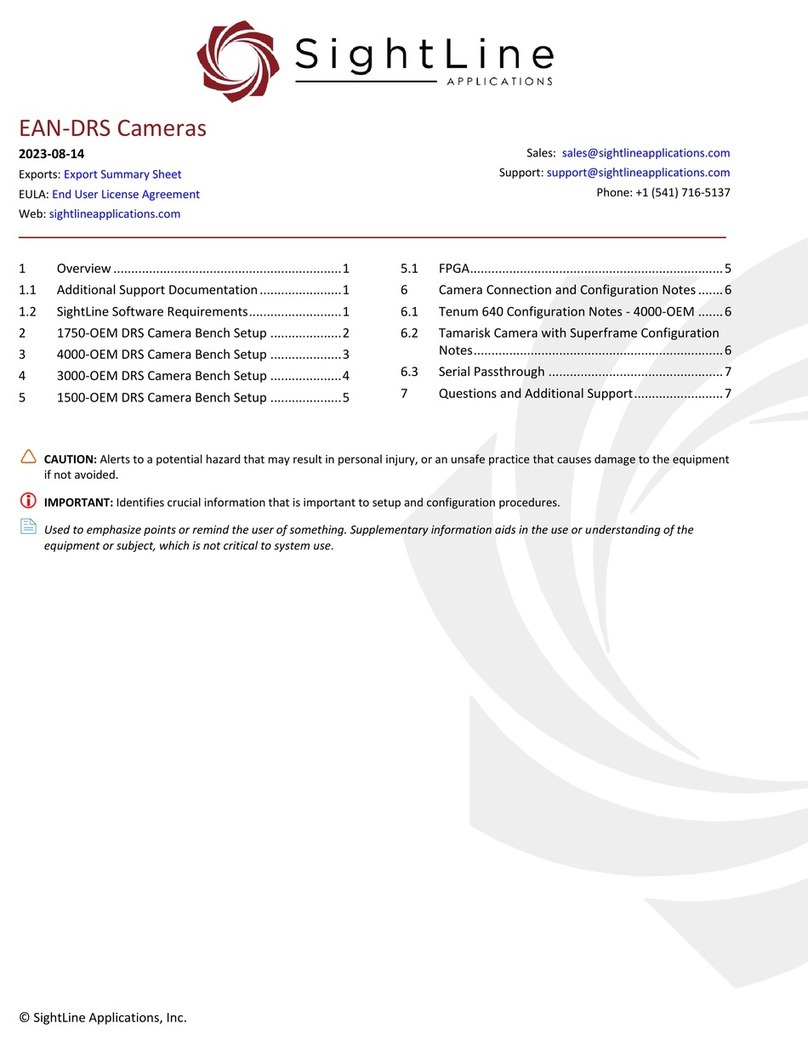
SightLine
SightLine 1750-OEM quick start guide

Classe Audio
Classe Audio DAC-1 owner's manual
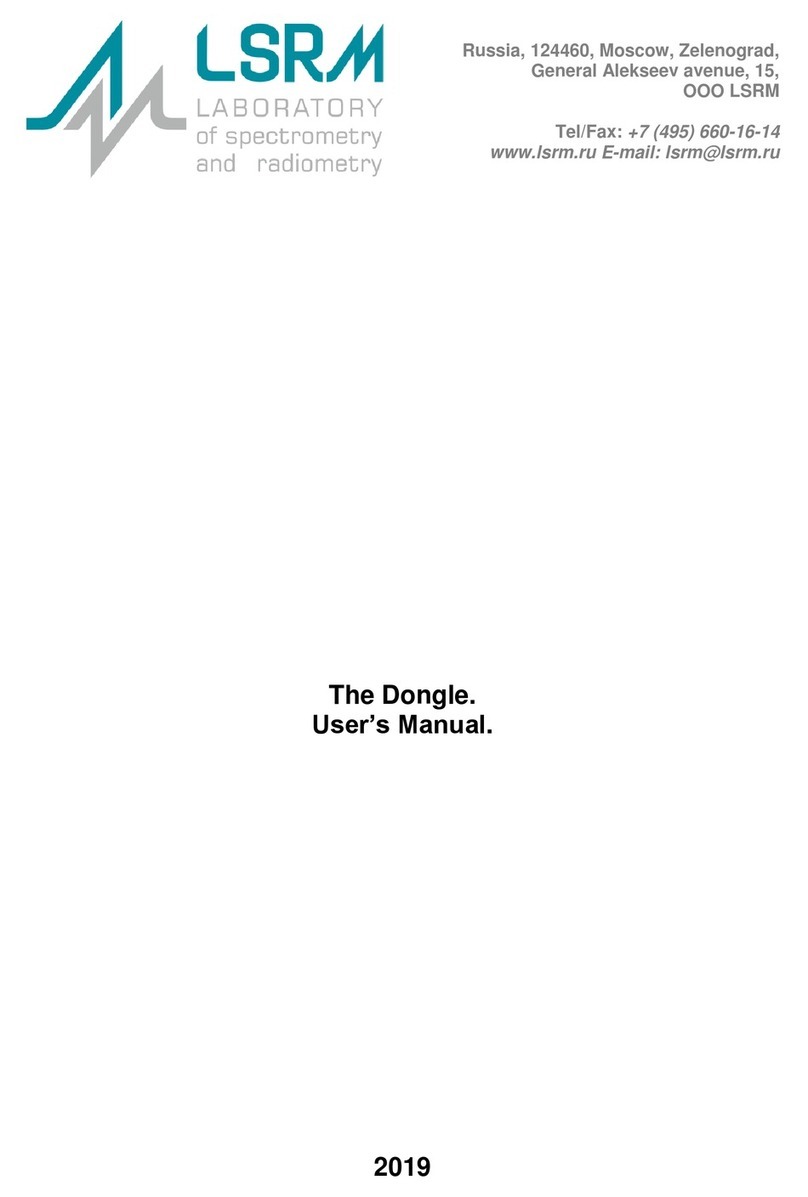
LSRM
LSRM Guardant Stealth user manual
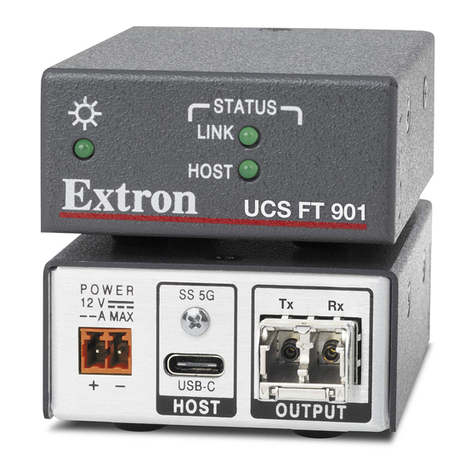
Extron electronics
Extron electronics UCS FT 901 Setup guide
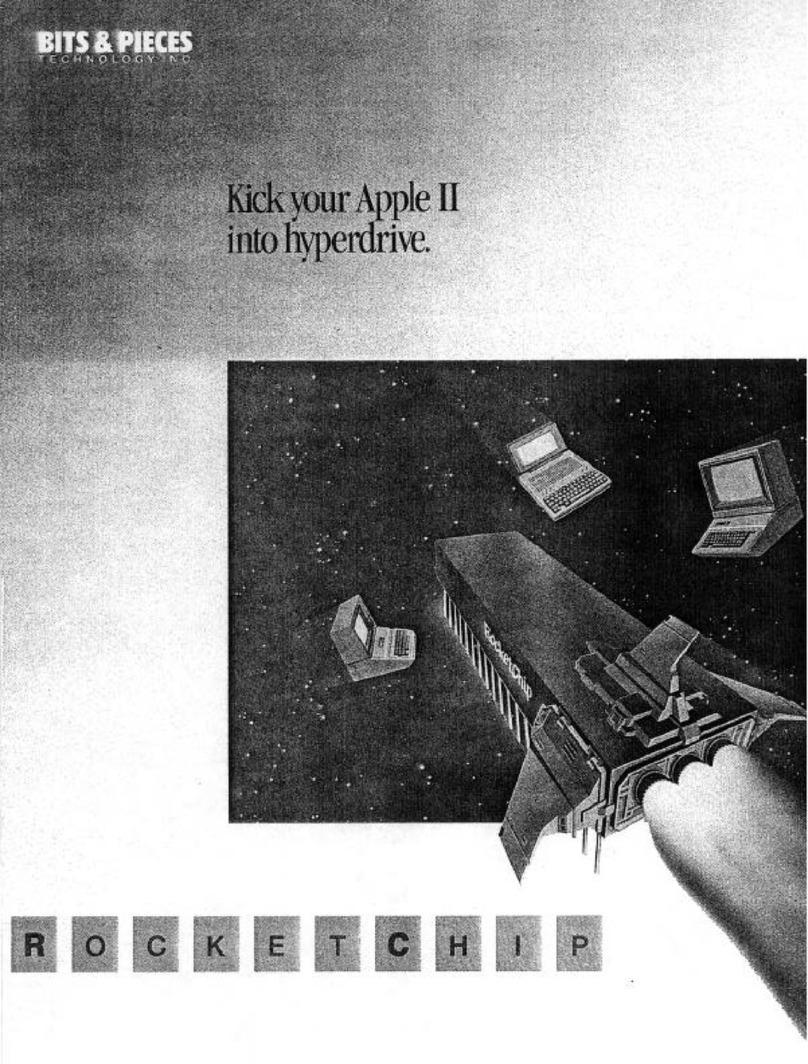
Bits & Pieces
Bits & Pieces RocketChip Installation and user guide
